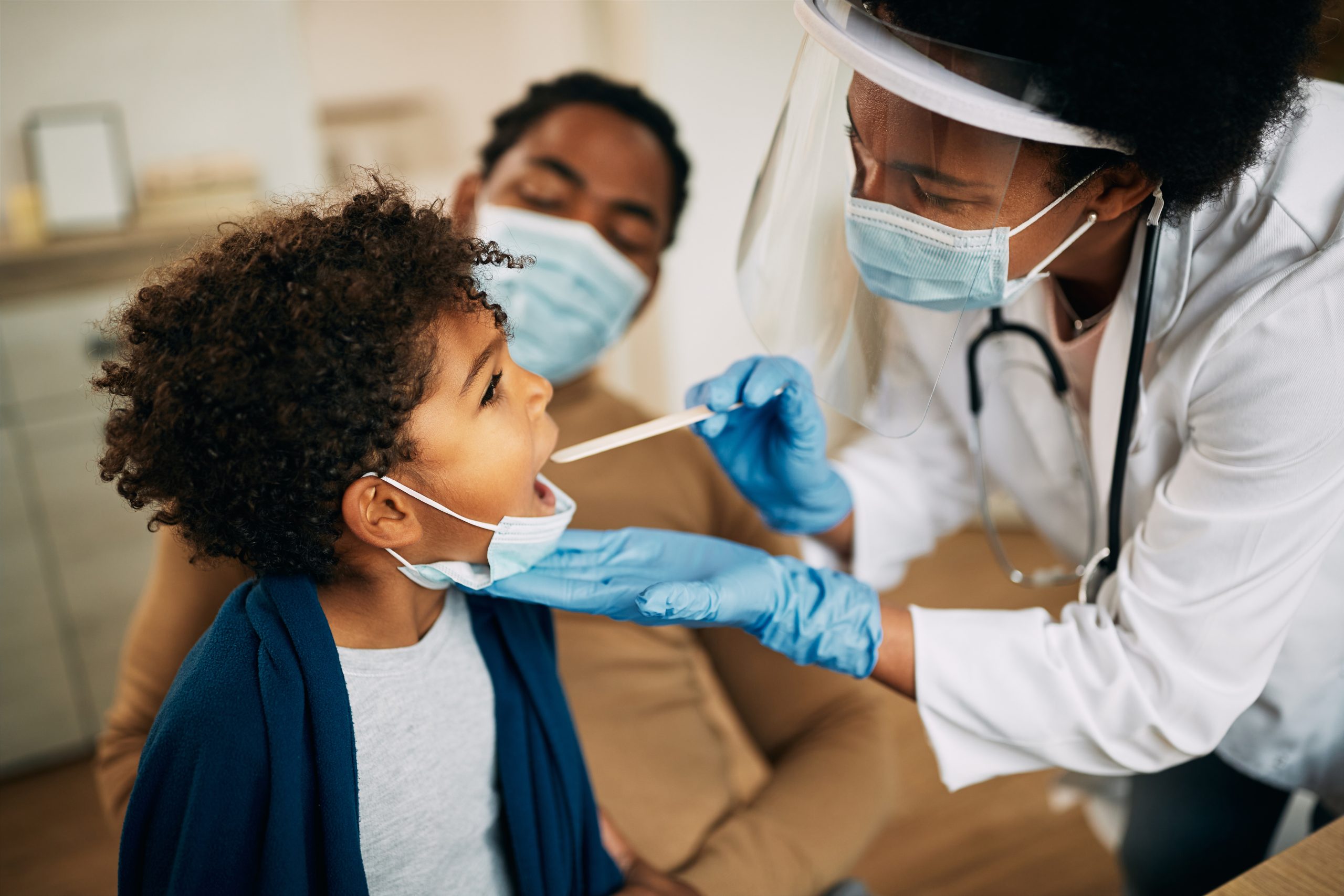
Blog: New Year, New Health
Feb 15 2024

The holiday season can mean a spike in upper respiratory illnesses. Give your body its best chance to stay healthy.
We’re entering a familiar time of year when people gather to celebrate and reconnect, often over a delicious meal. Some of us will exchange gifts. Many will look forward to a spirit of renewal in 2024.
It’s also a time of year when those gatherings can become a little more problematic.
The bitter cold, snowy weather pushes more of us indoors more often in the winter months, allowing viruses to move from person to person with more ease. Research also suggests that cold, dry air may weaken our resistance to illness.
All of which means now is when cases of upper respiratory illnesses peak.
“The most prevalent respiratory illnesses around this time each year are COVID-19, of course, and flu,” said La Tasha Pittman, a Regional Health Systems nurse practitioner based in the Merrillville Care Center. “But what we are seeing this year so far is a rise in RSV, especially in the older population. That’s kind of new.”
For most people, catching an upper respiratory illness means a week to 10 days of feeling lousy: coughing, sneezing, runny nose, sore throat, trouble breathing, perhaps a mild fever. For fewer—particularly older folks, those with compromised immune systems, pregnant women and people with heart and lung conditions—upper respiratory illnesses can require hospitalization.
“COVID is still the most dangerous,” Pittman said. “The reason is that if COVID gets severe, most patients are hospitalized, and many people, whether or not they’re hospitalized, may have symptoms like shortness of breath and fatigue even after they’re no longer positive for the illness.”
Tips for staying well
The key is prevention, Pittman said, and the key to prevention starts with understanding that upper respiratory illnesses are spread via droplets. One person with the illness breathes or sneezes, releasing droplets into the air around them. Or they may transfer those droplets on a doorknob or other surface that another person touches.
Prevention, then, comes down to stopping the spread of droplets, Pittman said. She encouraged people to be vaccinated against the flu and RSV and receive COVID boosters. In addition to offering testing for upper respiratory illnesses, Regional Health Systems provides vaccinations against COVID, flu and RSV.
Also, people should wash their hands frequently, and everyone should consider wearing masks, Pittman said. Robust air flow in home and office heating, ventilation and air conditioning systems also helps prevent the spread of upper respiratory illnesses, Pittman said.
If you take preventative steps but start to feel those well-known, relatively mild symptoms—stuffy nose, cough, sneezing, sore throat, and low fever, Pittman offered one simple, first step as part of an effective strategy to prevent spreading the illnesses.
“If you’re sick, stay home,” she said.
From there, Pittman recommends drinking a lot of water, getting extra rest, gargling with salt water if you have a sore throat or drinking hot lemon tea. Taking over-the-counter medicine also might help. She also recommends contacting your primary care physician and informing them of your condition.
In most cases, those measures will move the symptoms along and you’ll likely make a full recovery in 7-10 days, Pittman said.
Those who experience persistent symptoms such as a fever of 101 degrees or higher, coughing, muscle ache, and shortness of breath should contact a physician.
“The overall goal is really prevention—getting your vaccinations, hand washing, wearing a mask,” she said. “Nothing is guaranteed but doing those things gives your body the best chance of doing what it’s supposed to do: fight the illness, if you get it at all, and stay well.”

Feb 15 2024

Nov 20 2023